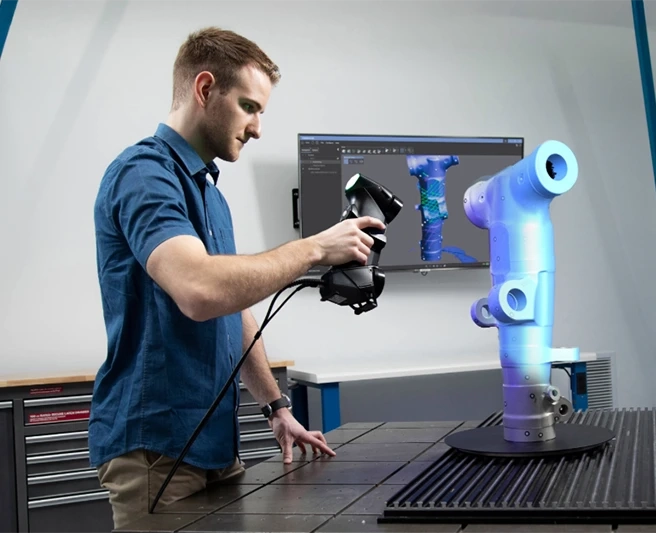
Onsite 3D scanning brings studio grade capture to your location for people, garments, artefacts, products, and small interiors. It reduces risk for fragile or high value items, shortens schedules, and avoids transport or insurance complications. Our team manages access, power, and handling so you receive accurate geometry and colour that is ready for production or archive.
We use photogrammetry and structured light to record accurate surface data with colour true textures. For an introduction to structured light see Artec 3D. Deliverables include cleaned meshes with UVs and textures in formats such as OBJ, FBX, GLB, and USDZ. For open standards see the Khronos glTF overview and OpenUSD. Guidance on digital preservation practices can be found via the Library of Congress glTF profile and the Library of Congress USD profile.
Onsite projects for museums and archives follow sector guidance for safe object handling and documentation. Useful references include Collections Trust resources, the National Archives advice on caring for archives, and training from National Museums Scotland. For exemplars of 3D digitisation in heritage, explore the Smithsonian 3D portal and the Digitization Program Office.
Many onsite projects pair well with File Fixing and Cleaning, Metrology and Quality Control, and Fabrication and CNC. For a full overview see 3D Scanning Services.
The aim is simple. Capture with accuracy, supply production ready data, and protect the object and the schedule. That is why teams across fashion, art, and heritage choose onsite scanning when quality and logistics both matter.